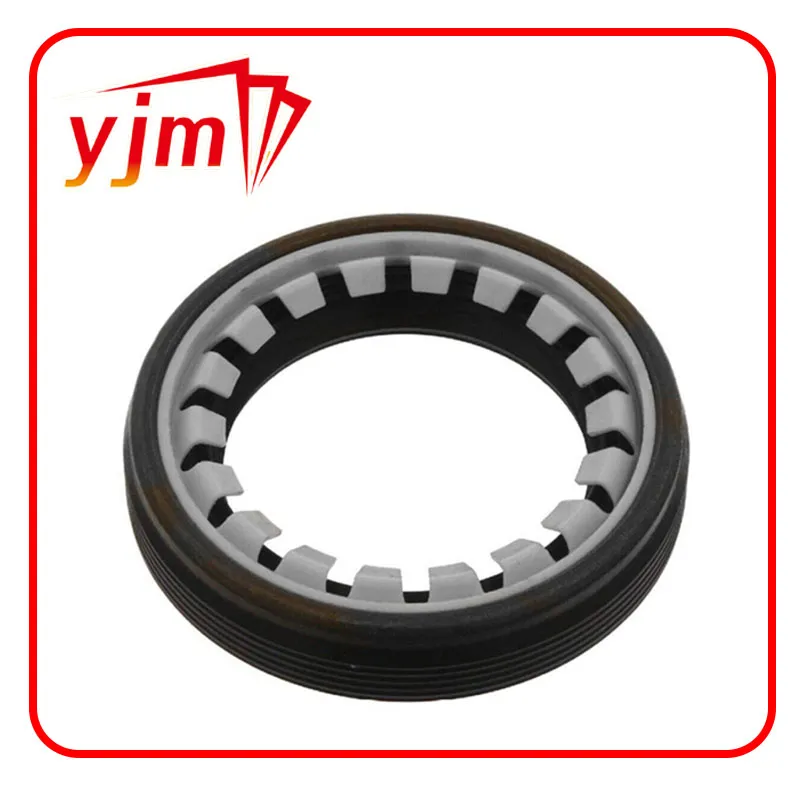O-Ring Selection for Ball Valve Applications and Maintenance Tips
Understanding O-Rings in Ball Valves A Comprehensive Guide
Ball valves are essential components in various industrial applications, providing reliable isolation and flow control. At the heart of the ball valve's functionality lies an inconspicuous yet critical part the O-ring. This circular sealing element plays a pivotal role in ensuring that ball valves operate efficiently and effectively.
What is an O-Ring?
An O-ring is a loop of elastomer with a round cross-section, commonly used as a mechanical seal. In ball valves, O-rings are strategically placed in specific locations to prevent leakage between different components, especially between the valve body and the ball or stem. Their design allows them to compress against the mating surfaces, creating a tight seal that can withstand pressure and various environmental conditions.
Importance of O-Rings in Ball Valves
1. Leak Prevention One of the primary functions of an O-ring in a ball valve is to prevent fluid from leaking out. Without a proper seal, fluids like water, gas, or chemicals can escape, leading to potential safety hazards, environmental concerns, and financial losses.
2. Pressure Resistance O-rings are designed to handle significant pressure variations. They provide a reliable barrier that maintains the integrity of the valve under high-pressure conditions, which is particularly crucial in industries such as oil and gas, where valves are subjected to extreme pressures.
3. Durability The materials used to manufacture O-rings, such as nitrile, silicone, or fluorocarbon, are chosen for their durability and resistance to wear and tear. This ensures that the O-rings can perform effectively over an extended period, reducing the need for frequent replacements.
4. Temperature Tolerance Different applications may expose ball valves to varying temperature ranges. O-rings can be formulated using materials that withstand extreme temperatures, ensuring they remain effective in both hot and cold environments.
ball valve o ring

Choosing the Right O-Ring
When selecting an O-ring for a specific ball valve application, several factors must be considered
- Material Compatibility The material of the O-ring must be compatible with the fluid it will be sealing. For instance, certain chemicals can degrade standard elastomer materials, necessitating specialized O-rings that resist chemical attack.
- Size and Tolerance O-rings come in various sizes, and choosing the correct size is crucial for effective sealing. An oversized or undersized O-ring can lead to leaks or valve malfunction.
- Application Conditions A thorough understanding of the operational environment is essential. Factors such as pressure, temperature, and the presence of any aggressive media must be accounted for when selecting an O-ring.
Maintenance and Replacement
Regular maintenance of ball valves, including the O-rings, can significantly extend their lifespan. It is advisable to inspect O-rings periodically for signs of wear or degradation. If an O-ring is found to be compromised, timely replacement is critical to maintain the valve's functionality and prevent leaks.
Conclusion
O-rings are vital components in ball valves that ensure proper sealing and performance in various applications. Understanding their role, selecting the right materials, and maintaining their integrity are essential to the efficient operation of ball valves. By paying attention to these details, industries can achieve reliable fluid control while minimizing the risks of leaks and failures. As technology and materials advance, the potential for even more effective O-rings in ball valves will continue to grow, pushing the boundaries of mechanical sealing and fluid dynamics.
-
Understanding the Front Main Engine Seal: Purpose, Maintenance, and Installation
News Jul.29,2025
-
Understanding O-Rings and Seal Rings: Types, Applications, and Custom Solutions
News Jul.29,2025
-
Understanding Crankshaft Oil Seals: Rear Seals, Pulley Seals, and Their Role in Engine Integrity
News Jul.29,2025
-
The Importance of Front and Rear Crankshaft Seals in Engine Performance and Oil Management
News Jul.29,2025
-
Crank Oil Seals: Functions, Types, and Cost Considerations in Engine Maintenance
News Jul.29,2025
-
A Comprehensive Guide to O-Rings and Seals: Types, Materials, and Global Applications
News Jul.29,2025
-
Mastering Diesel and Performance Engine Maintenance: A Guide to Critical Oil Gaskets
News Jul.28,2025
Products categories















